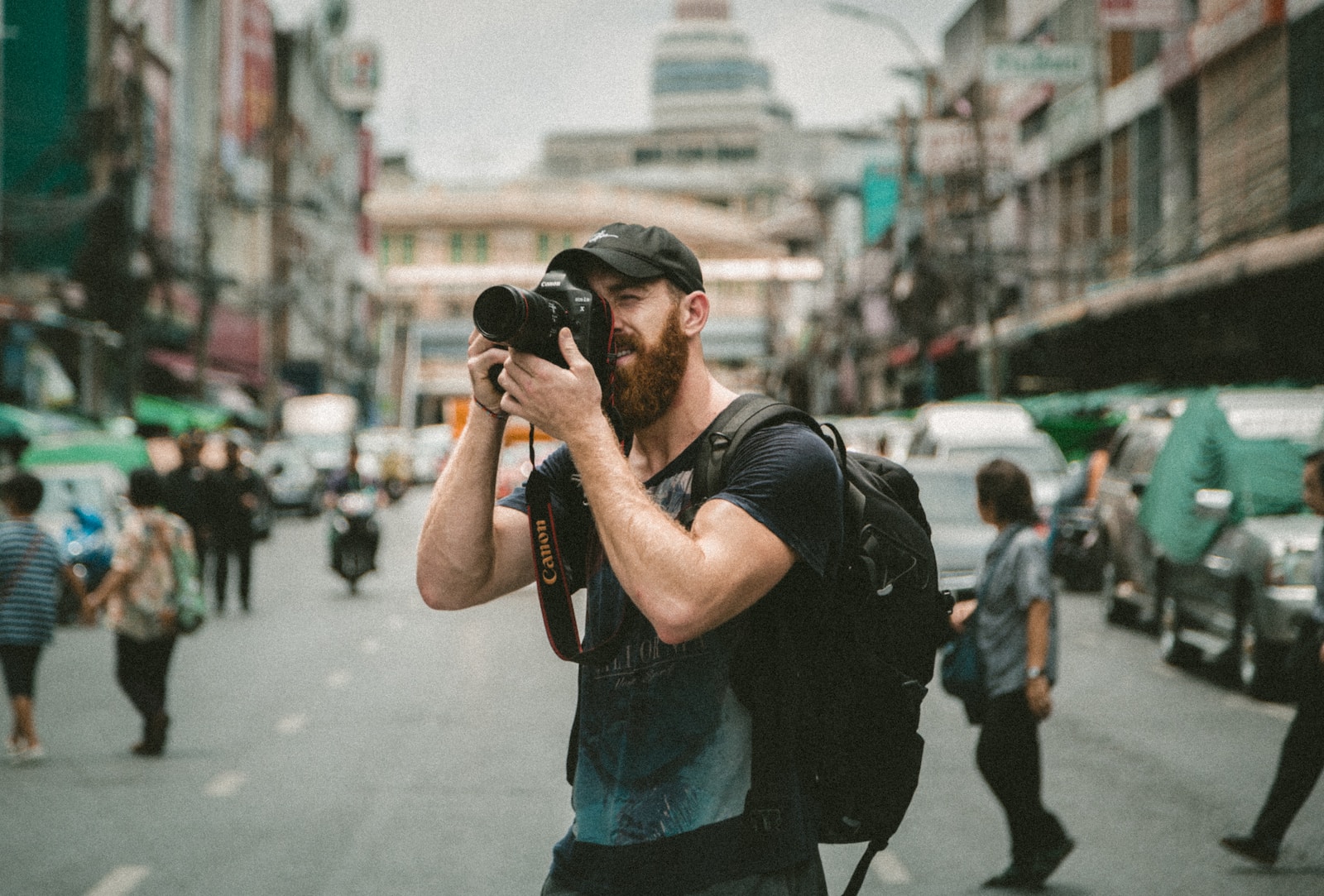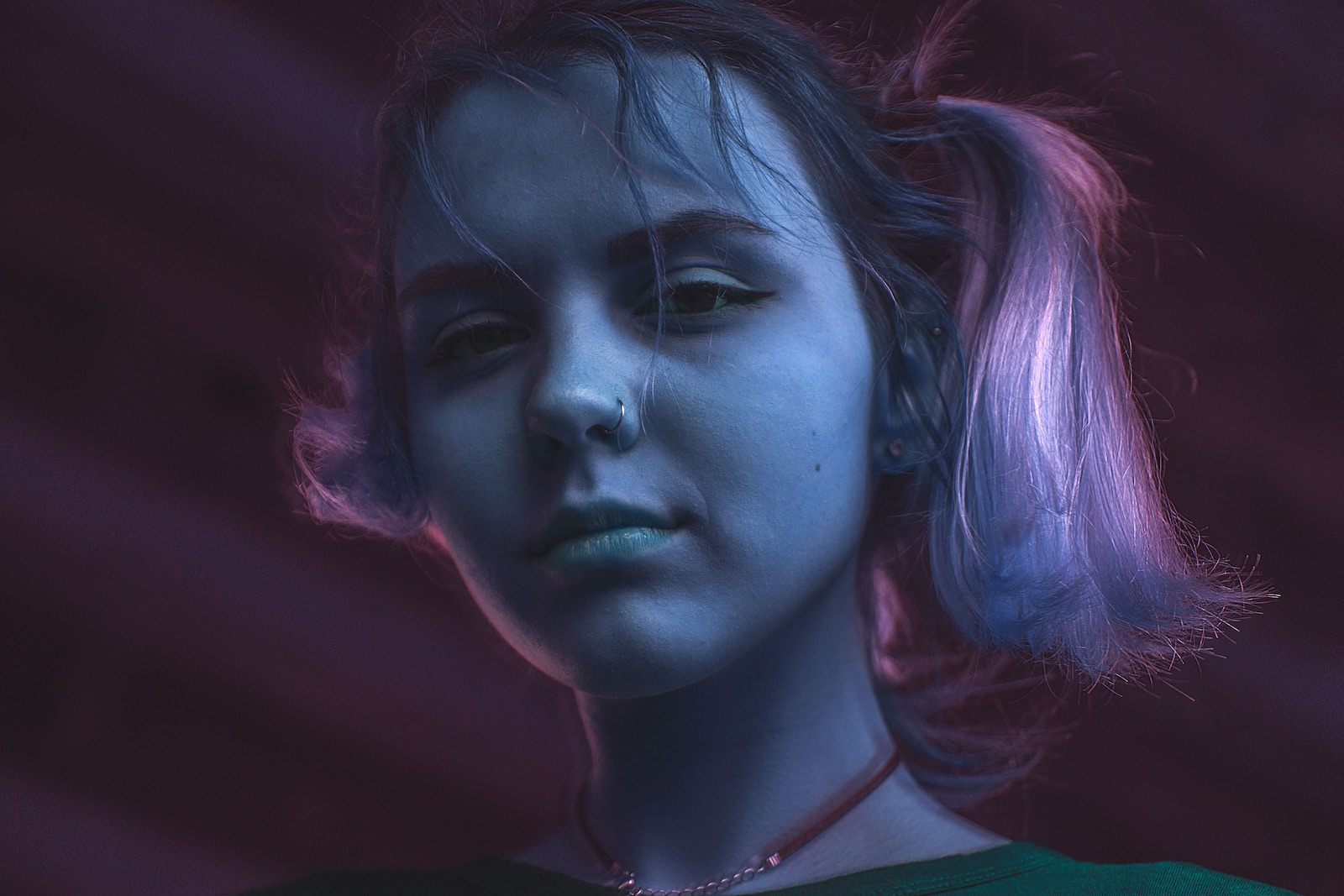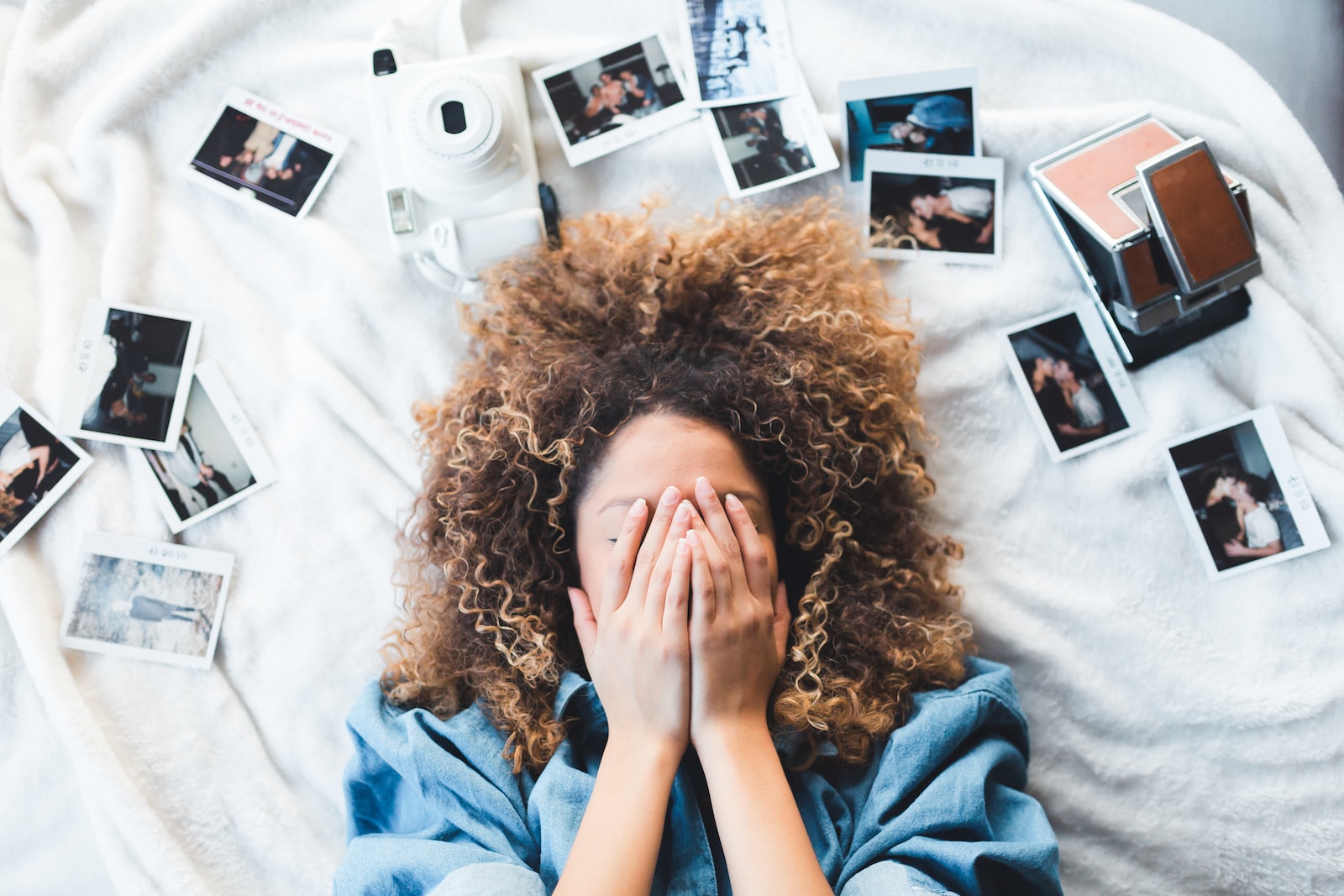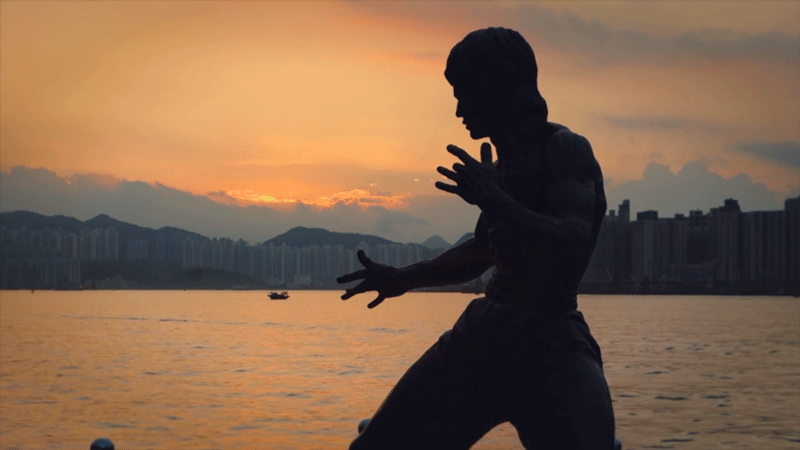Welcome to Street Art Through the Lens, where the vibrant world of street art photography comes alive! Step into the bustling streets of urban landscapes as we explore the captivating artistry found on walls, buildings, and alleyways. In this engaging blog post, we’ll provide you with expert tips on essential equipment, lighting techniques, composition secrets, and more. Get ready to immerse yourself in the colorful and thrilling world of street art photography!
Table of Contents
- Exploring the Vibrant World of Street Art Photography
- Exploring Street Art Through the Lens: Equipping Yourself for Urban Photography
- Best Time and Vantage Points for Capturing Street Art Photography
- Frequently Asked Questions
- What is street art photography?
- What equipment do I need for street art photography?
- How should I approach lighting in street art photography?
- What composition techniques work well in street art photography?
- Where can I find the best street art for photography?
- How can I respect the artists when photographing their work?
- What post-processing techniques can enhance street art photography?
- Wrap Up
Exploring the Vibrant World of Street Art Photography
If you are a photography enthusiast with a love for urban landscapes and bold artistic expressions, then street art photography is the ideal genre for you. Capturing the essence of street art through the lens allows you to document the amazing works of talented artists and showcase their creativity to the world. In this blog post, we will explore the vibrant world of street art photography and provide you with tips and techniques to enhance your skills in capturing stunning images.
The Subject: A Canvas of Colors and Creativity
Street art offers an incredible and ever-changing canvas of colors, textures, and messages. Every wall, every alley, and every underpass becomes an opportunity for artists to express their thoughts, emotions, and observations. From vivid murals to intricate graffiti tags, the subject matter of street art photography is as diverse as the artists themselves.
To make your photographs stand out, focus on capturing the unique features of each artwork. Look for interesting details such as the texture of the painting, the use of vibrant colors, and the juxtaposition of different elements. Experiment with different angles and perspectives to add depth and dimension to your photographs.
Techniques for Capturing the Essence
- Equipment: When it comes to street art photography, a versatile camera is key. A DSLR or mirrorless camera with a wide-angle lens allows you to capture the entire artwork in a single frame. Additionally, consider carrying a tripod to ensure stability and sharpness in low light conditions.
- Lighting: Natural lighting can greatly enhance the colors and details of street art. Optimal times for shooting are during the golden hours, early morning, or late afternoon, when the light is soft and provides a warm glow. Experiment with different angles to play with shadows and create dramatic effects.
- Composition: To create visually appealing images, pay attention to composition. Explore the rule of thirds by placing the focal point of the artwork slightly off-center. Take advantage of leading lines present in the urban environment to guide the viewer’s eye towards the subject matter.
- Focus on Details: While capturing the entire mural is important, don’t forget to focus on the smaller details and subtle nuances of the artwork. Zoom in on specific elements like brushstrokes, textures, or intricate patterns to highlight the artist’s technique and attention to detail.
- Incorporate the Environment: Street art is often deeply connected to its surroundings. Capture the artwork in context by including elements of the urban environment. Incorporate architectural features, passerby, or graffiti-covered streets to add a sense of place and narrative to your photographs.
By following these tips and techniques, you can elevate your street art photography to another level. Remember, the key is to experiment, be open to unique opportunities, and let your creativity shine through your lens. Happy shooting!
Did you know that street art has been around for thousands of years, with ancient cave paintings and hieroglyphics being the earliest forms of this artistic expression? Today, street art continues to captivate and inspire people all over the world.
Exploring Street Art Through the Lens: Equipping Yourself for Urban Photography
Street art is a vibrant, captivating form of artistic expression that can be found in cities all around the world. Photographing these colorful and dynamic artworks allows you to capture their essence and share them with others. To ensure you can fully immerse yourself in this exciting world, it is essential to have the right equipment at your disposal. In this section, we will explore the best cameras, lenses, and other essential gear for street art photography.
The Perfect Camera for Street Art Photography
When it comes to cameras for street art photography, the key is versatility and flexibility. A camera that performs well in low light situations, has high resolution, and offers various creative options will be ideal for capturing the intricate details and vivid colors of street art.
One highly recommended option is a mirrorless camera. These compact and lightweight cameras offer excellent image quality and allow you to easily navigate through urban environments. They also provide the advantage of interchangeable lenses, enabling you to adapt to different shooting situations.
Additionally, consider cameras with a tilting or articulating screen, as they allow for creative angles and perspectives without straining your body or neck.
The Magic of Lenses: A Closer Look at Street Art Photography
When it comes to lenses, prime lenses are often the top choice for street art photography. These lenses have fixed focal lengths and tend to be sharper and faster than zoom lenses. A prime lens with a wide aperture, such as f/1.8 or f/2.8, enables you to create a shallow depth of field, isolating specific elements or details of the artwork.
A wide-angle lens is also essential for this genre of photography. It allows you to capture an entire mural or an intricate composition within the context of the urban environment. A lens with a focal length ranging from 16mm to 35mm will provide the best results.
For added versatility, consider investing in an all-in-one zoom lens. While it may sacrifice some image quality compared to prime lenses, it offers the convenience of zooming in and out without constantly changing lenses when exploring different street art locations.
In addition to cameras and lenses, a few other equipment recommendations for street art photography include:
- A tripod: This will help you achieve steady shots, especially in low light conditions or when capturing long-exposure images.
- An external flash: This can be useful for adding fill light or creatively illuminating certain elements of the artwork.
- A camera bag: A comfortable and secure bag allows for easy transportation of your gear and helps to protect it from any unexpected bumps or weather conditions.
Now that you have a better understanding of the essential equipment for street art photography, you are ready to hit the streets and capture the vibrant world of urban art. Remember, the right equipment is just the first step; in the next section, we will delve into the technical aspects of composition and lighting to help you bring your street art photographs to life.
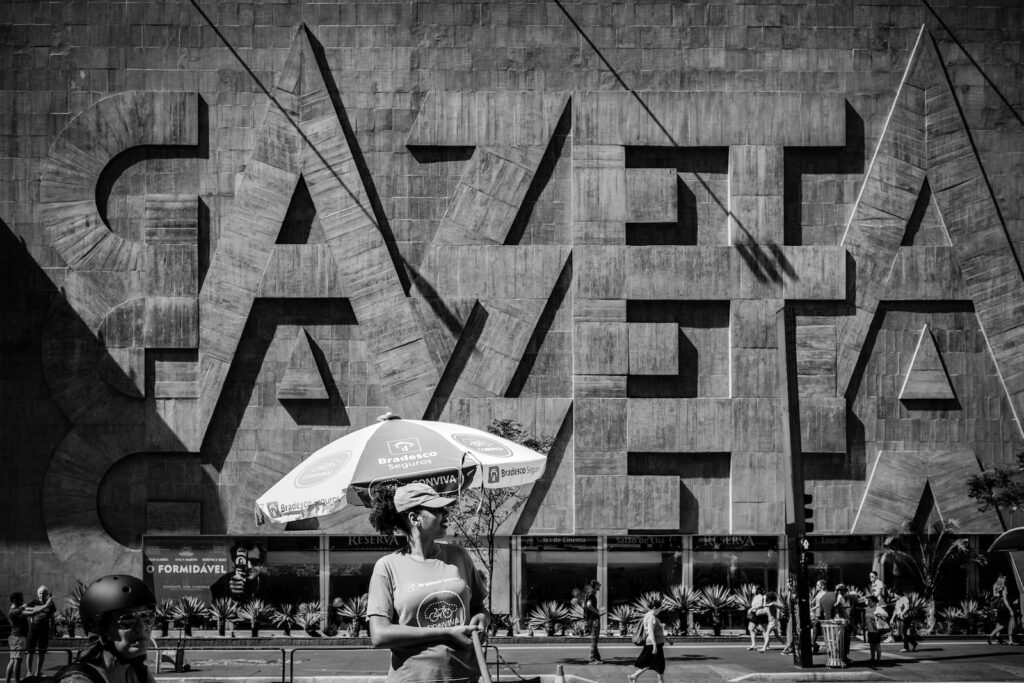
Best Time and Vantage Points for Capturing Street Art Photography
When it comes to street art photography, timing and location play a crucial role in capturing the essence and beauty of these vibrant artworks. In this section, we will explore the best time of year to take photos and identify some great vantage points and positions for photographers to capture stunning street art images.
Best Time of Year for Street Art Photography
The ideal time to capture street art photography largely depends on the climate and location you are photographing in. However, there are a few general guidelines that you can follow to maximize the visual impact of your shots.
In warmer climates, such as Los Angeles or Barcelona, where street art thrives year-round, you can visit at any time and expect to find new pieces being created. However, spring and summer months tend to see a higher rate of new installations and fresher artwork. The longer daylight hours also provide more opportunities for capturing vibrant colors in your photographs.
In colder climates like New York or London, street art may be less prevalent during winter months due to the weather conditions. It’s best to plan your visit during the milder seasons of spring, summer, or early fall when street artists are more active and colorful installations can be found throughout the city.
Vantage Points and Positions
Choosing the right vantage point and position can make or break a street art photograph. Here are a few options to consider:
- Wide-Angle Shot from a Distance: Stand back and capture the entire mural or street art installation in its surroundings. This type of shot can convey a sense of scale and context, highlighting the relationship between the art and its urban environment.
- Close-Up Details: Get up close and personal with the artwork, focusing on specific details, colors, textures, or even the artist’s signature. This approach allows you to capture the intricate elements and the skillful techniques used by the artists.
- Incorporating Street Life: Include people interacting with the street art to add a human element and a sense of scale to your photographs. Capturing the reactions, gestures, or even the body language of individuals can create dynamic and engaging compositions.
- d) Find Unique Angles: Experiment with different angles and perspectives to create visually intriguing compositions. For example, try shooting from a low angle, looking up at the artwork, or finding reflections of the art in puddles or glass windows to achieve a fresh and unique perspective.
- Use Natural Frames: Look for natural frames within the urban environment that can add depth and focus to your street art photography. Archways, doorways, or even tree branches can serve as natural frames, drawing the viewer’s attention to the art.
Remember, street art is constantly evolving, and new installations can appear overnight. So, don’t be afraid to explore different neighborhoods and cities to discover hidden gems or to revisit places you’ve previously photographed to find new surprises.
No matter the time of year or the vantage point you choose, the most important thing is to approach street art photography with curiosity, creativity, and a keen eye for capturing the vibrant colors, emotions, and stories behind each artwork.
One helpful tip for capturing stunning street art photography is to adjust your camera settings to a lower ISO, as this reduces noise and enhances the overall sharpness of the image. Experimenting with different shutter speeds can also help you capture unique effects such as motion blur or frozen action.
Frequently Asked Questions
What is street art photography?
Street art photography is the capturing and documenting of outdoor art installations found in urban areas, such as murals, graffiti, and other forms of creative expression.
What equipment do I need for street art photography?
To capture the vibrant colors and intricate details of street art, a digital camera with a high-resolution sensor is recommended. Additionally, a wide-angle lens is ideal for capturing large murals and getting a wider perspective of the surroundings.
How should I approach lighting in street art photography?
Natural lighting is often the best choice for street art photography. Shooting during the golden hours, which are the hours shortly after sunrise and before sunset, can provide beautiful, warm lighting that adds depth and dimension to your photographs.
What composition techniques work well in street art photography?
Experiment with various angles and perspectives to find unique views of the street art. Leading lines, patterns, and framing techniques can also enhance the visual impact of your photographs.
Where can I find the best street art for photography?
Explore urban areas, neighborhoods with a thriving art scene, and cities known for their street art culture. Research online resources and local guides to discover specific murals and installations.
How can I respect the artists when photographing their work?
Always give credit to the artists by including their names or social media handles when sharing your photographs. Additionally, avoid damaging or defacing the artwork while taking pictures, and be mindful of the surrounding environment.
What post-processing techniques can enhance street art photography?
Experiment with editing software to enhance colors, contrast, and sharpness while maintaining the integrity of the artwork. However, it is essential to maintain a balance and avoid over-editing, as it can distort the artist’s original intentions.
Wrap Up
In conclusion, street art photography is a captivating way to explore and document the vibrant world around us. By following the tips and techniques discussed in this blog post, you can enhance your skills and create stunning urban images that truly capture the essence of street art.
Remember to invest in the right equipment, experiment with lighting and composition, and let your creativity flow. Don’t be afraid to explore different areas and seek out unique street art installations to photograph.
We hope this blog post has inspired you to delve into the exciting realm of street art photography. Now it’s your turn to grab your camera and hit the streets. Don’t forget to share your experiences and photographs in the comments below. We would love to hear from you!
